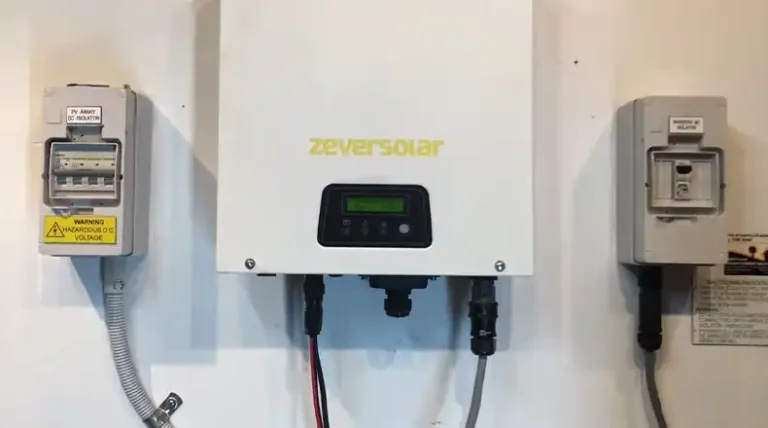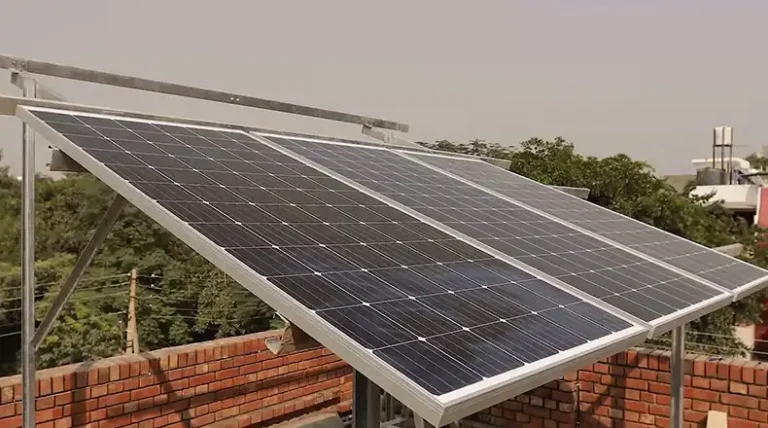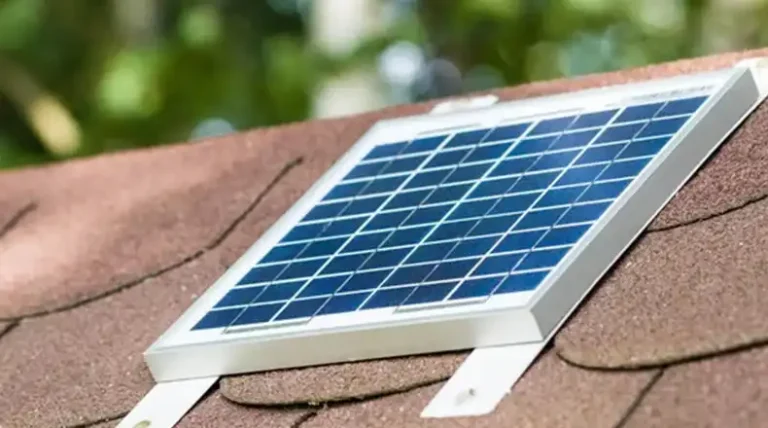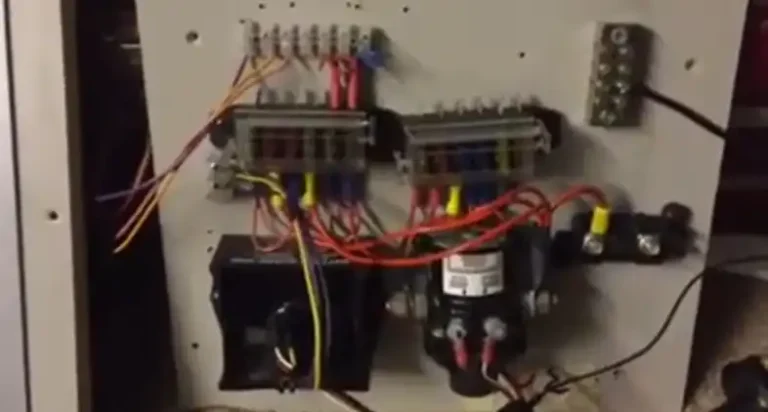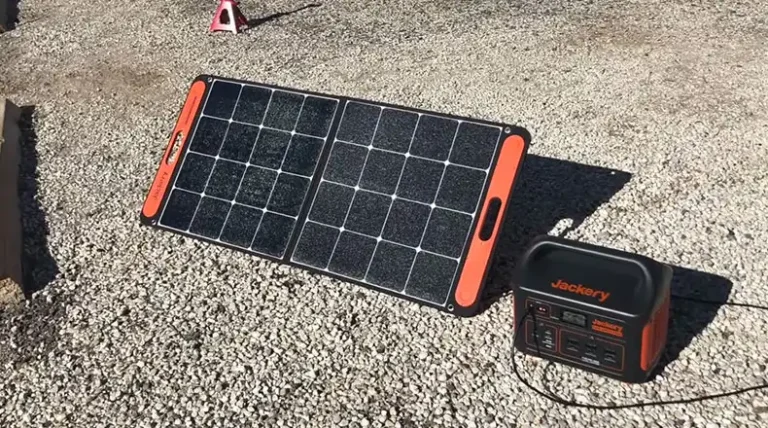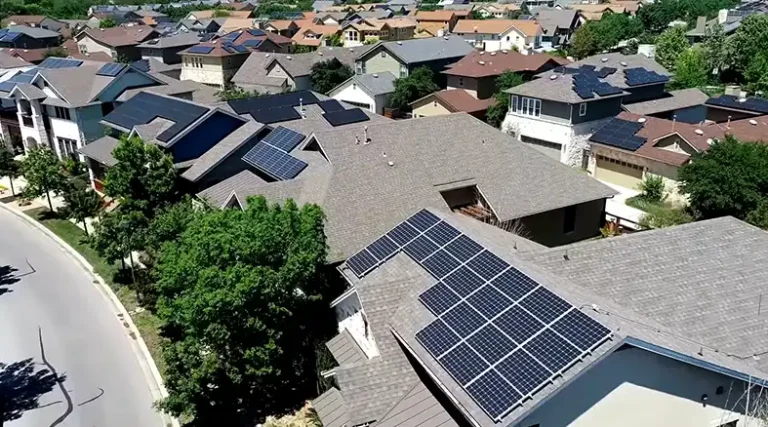How Many Solar Panels to Run a Deep Freezer? How Do I Calculate?
Harnessing the sun’s energy is a sustainable and cost-effective way to power household appliances. One such appliance, the deep freezer, is crucial for many households. But how many solar panels does it really take to keep your frozen goods chilly all year round?
With the right setup, a deep freezer can operate seamlessly using one to two solar panels.
But numbers alone don’t paint the full picture. Factors such as your location, panel efficiency, and even the freezer’s usage patterns play a crucial role. If you’re keen to jump into the details and understand the intricacies behind the answer, this guide is tailor-made for you.
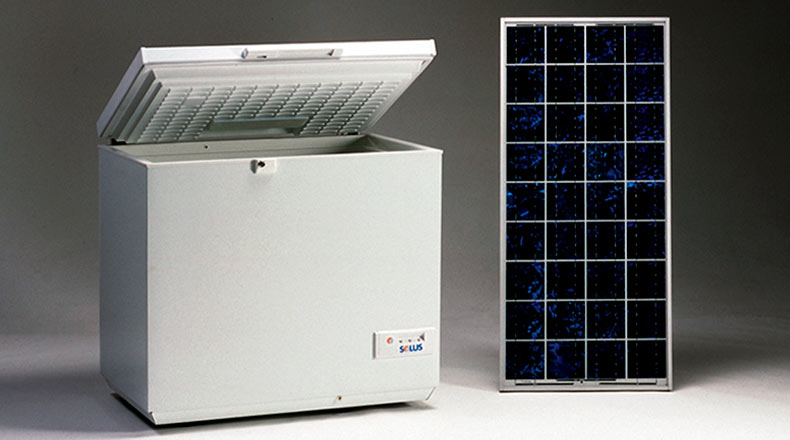
Energy Consumption of Deep Freezer
Before determining the number of solar panels, we first need to understand the energy consumption of a deep freezer. On average, a typical deep freezer consumes about 100-500 kWh per year. However, the actual consumption depends on factors like:
- Size and Capacity: Naturally, larger freezers consume more energy.
- Model and Efficiency: Newer, energy-efficient models might consume less power.
- Usage Patterns: Regularly opening and closing the freezer or storing hot foods can increase energy consumption.
Calculating Solar Panel Needs
The number of solar panels needed depends on the energy production of each panel and the energy consumption of the deep freezer:
- Solar Panel Output: A typical residential solar panel produces about 250-350 watts of power in optimal conditions.
- Daily Energy Consumption: If a deep freezer consumes 365 kWh per year, its daily consumption would be roughly 1 kWh.
- Number of Sunlight Hours: This varies based on location. For instance, while one location might get 5 hours of optimal sunlight, another might get up to 7 hours.
Number of Solar Panels= Energy Produced by One Panel in a Day (in kWh) ÷ Daily Energy Consumption of Freezer (in kWh)
Where:
Energy Produced by One Panel in a Day = Panel Output (in kW) × Sunlight Hours
Using the above factors, if a deep freezer consumes 1 kWh daily and a solar panel produces 250 watts, you’d need:
1,000watts ÷ (250watts×5hours) = 0.8
This means you’d need slightly less than one 250-watt solar panel under optimal conditions.
Note: This is a simplified formula, and actual requirements may vary based on various factors like panel efficiency, weather conditions, and battery storage efficiency.
Factors to Consider
- Weather Variability: Solar panels rely on sunlight. Cloudy or rainy days might reduce energy production.
- Panel Efficiency: Not all panels are created equal. Some have better efficiency rates.
- Battery Storage: To ensure the freezer runs during the night or low sunlight days, a good storage system is crucial.
Final Thoughts
Running a deep freezer on solar power is a viable option, especially for those wanting to reduce their carbon footprint. For most deep freezers, one high-efficiency solar panel under optimal conditions might suffice. However, considering unpredictable weather and other variables, having an additional panel or a good battery storage system is advisable.
Wrap-Up Q&A
- Q: Can I power other appliances along with my deep freezer on solar?
- A: Absolutely! Just calculate the total energy consumption of all appliances and size your solar system accordingly.
- Q: Do I need a professional to set up my solar system for the deep freezer?
- A: While DIY is possible with some electrical knowledge, hiring a professional ensures safety and optimal setup.
- Q: How long do solar panels last?
- A: Most solar panels come with a warranty of 25 years, but they can last longer with proper maintenance.
- Q: Are there any incentives or rebates for using solar power?
- A: Many regions offer incentives or rebates for solar installations. It’s worth checking local regulations.
- Q: What happens during winter or extended cloudy periods?
- A: A robust battery storage system can store excess energy during sunny days to be used during periods of low sunlight.
Harness the sun and keep your goods frozen. If you have more questions or seek clarity on certain aspects, drop a comment below. Thank you for reading, and here’s to a greener tomorrow!

